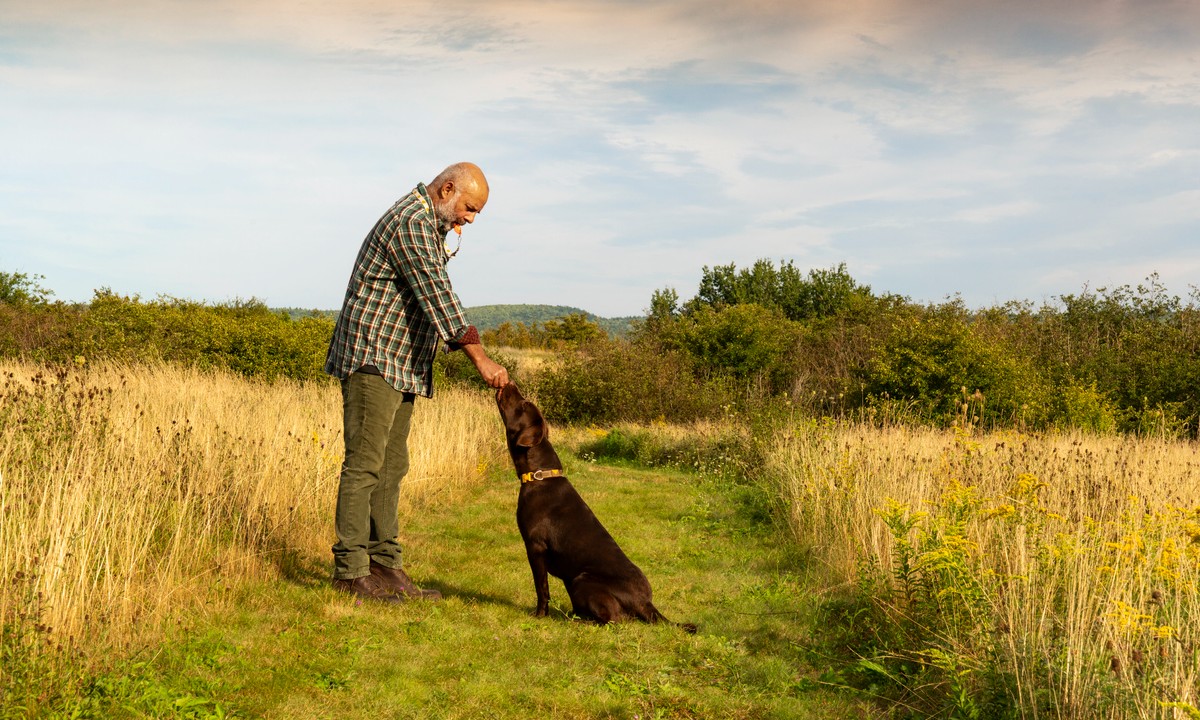Why Should a Pet Owner Use a Dog Whistle?

You probably know it already, but your dog is an amazing creature! Not only do your furry family members have the magic power to sniff a buried bone out from under the ground, but they can chew straight through shoes and furniture too. And did you know, they have a supersonic hearing? Dogs can hear sound frequencies up to three times higher than people. Although humans and dogs can both hear the same at low frequencies, dogs can hear sounds at a much higher frequency range. Humans can’t detect sounds at these higher frequencies.
This is exactly why a dog whistle can make such a handy training tool.
What Is a Dog Whistle?
A dog whistle, or silent whistle, is a whistle that makes a very high-frequency sound. So high, in fact, that you won’t be able to hear it, but your pup can. Using a dog whistle for training is less disruptive (for humans) but still impactful for your pup.
Dog whistles are often used in herding, hunting, and police training, as they won’t cause an audible alarm to humans or certain animals. Another great advantage is that high-frequency sound travels much further than the human voice. This means your pup can hear you call from a much greater distance.
If you want to incorporate a whistle into your dog’s training, there are a few very important things you need to know.
Dog Whistle Safety
Ever wonder why your pup is barking at (seemingly) nothing? By now you’ve probably figured it out. Your pup can hear a lot more than you can, and that’s why they’re often highly sensitive to things we aren’t aware of.
When it comes to using a ‘silent’ whistle, you need to keep this in mind. Just because you can’t hear it, doesn’t mean it’s not ear-piercing to your pet. It works on very much the same principle as an audible whistle. If it’s blown on a sports field, it serves its purpose well. If it’s blown right next to your ear, it can be highly damaging. If the whistle is blown too loudly, it will be painful for your pet. Cats can hear at even higher frequencies. If you have a cat as well, be mindful of how they will handle the noise.
How to Use a Dog Whistle
In the same way that an audible whistle won’t suddenly make your pet stop barking or sit, a silent whistle is not a magic wand. It must be used as a tool together with training techniques, patience, consistency, and voice commands (at least initially). If not used properly during training, or if used too frequently, your pup will become desensitized and eventually ignore it.
If, for example, you are trying to train your dog to come to you, blow the whistle and wait for your pup to focus on you. Follow up with the desired command. After you have given the command, wait a few seconds to see if your pup comes to you. If they don’t, blow the whistle again and repeat the command with more energy. Once your dog comes, follow up with positive reinforcement.
Keep rehearsing this so that your dog associates the whistle with coming to you. In time, you can phase out the verbal command, using just the whistle.
Never train your dog with anger. Always remain calm, yet assertive, and reinforce good behavior. You want your pup to have a positive association with training, while also respecting you as the leader.
